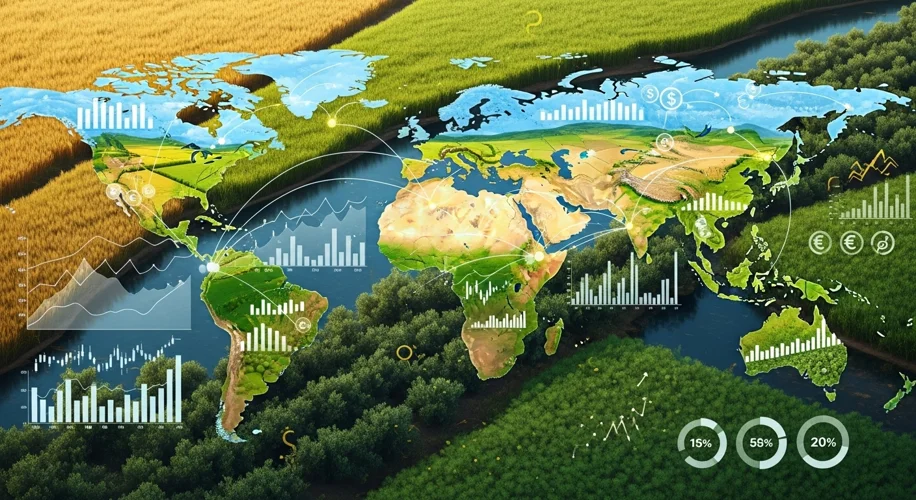You might think, ‘Kenji, what’s a financial analyst doing talking about food production?’ Good question. But if you’re serious about understanding global markets, you need to look beyond the balance sheets and crypto charts. You need to look at what drives human behavior, what sustains economies at their most fundamental level. Food is that level.
For centuries, food production was local, labor-intensive, and highly susceptible to weather. Yields were low. Famines were common. This wasn’t just a human tragedy; it was an economic bottleneck. Most of the population was tied to agriculture, limiting growth in other sectors. Capital was scarce, and what little existed was often poured back into land.
Then came the agricultural revolutions. Not just one, but a series. Mechanization, fertilizers, better seeds. We saw massive leaps in efficiency. Output soared. Labor shifted from farms to factories, fueling industrialization. This wasn’t just about feeding more people; it was about freeing up human capital. It changed everything – urbanization, trade routes, global power dynamics.
Look at consumption. Historically, diets were simple, seasonal, and regional. As incomes rise, especially in emerging markets, diets diversify. More meat, more processed foods, more imported goods. This isn’t just a lifestyle choice; it’s a massive shift in demand patterns. It puts pressure on global supply chains, water resources, and arable land.
Think about what that means today. We’re seeing unprecedented pressure points. Climate change, geopolitical tensions, and supply chain disruptions – like the ones we’ve seen recently impacting everything from grain to cooking oil – they don’t just affect commodity prices. They impact inflation, national stability, and investor confidence. Food security isn’t just a humanitarian issue; it’s a top-tier macroeconomic risk.
So, where’s the opportunity? You need to look at the next wave of innovation. Agritech is booming: precision farming, vertical farms, gene-edited crops, sustainable protein alternatives. These aren’t just trendy words; they’re solutions addressing fundamental challenges. Companies solving these problems will capture significant market share and create long-term value.
Emerging markets, in particular, are at a crossroads. They often have vast agricultural potential but face significant infrastructure and climate challenges. Investing in sustainable practices and smart logistics in these regions isn’t just about social impact; it’s about tapping into future food powerhouses and building resilient supply chains that will dominate the coming decades.
The takeaway is simple: Food is not just sustenance; it’s a critical economic engine. Understanding these global patterns – how we produce, how we consume, and where the next innovations are coming from – gives you an edge. It’s about spotting the real drivers of wealth, not just the fleeting trends. Pay attention to the fundamentals. Always.

